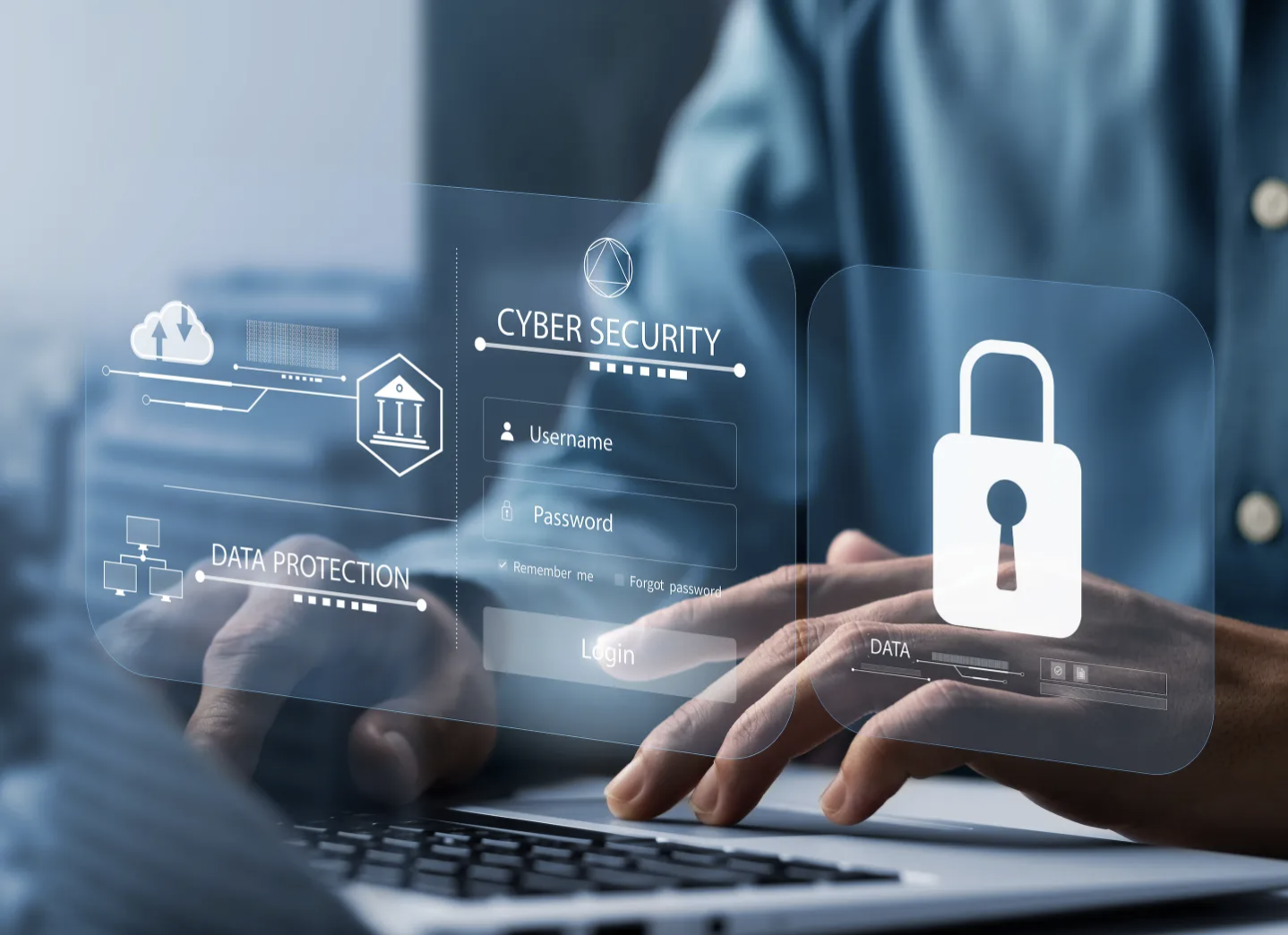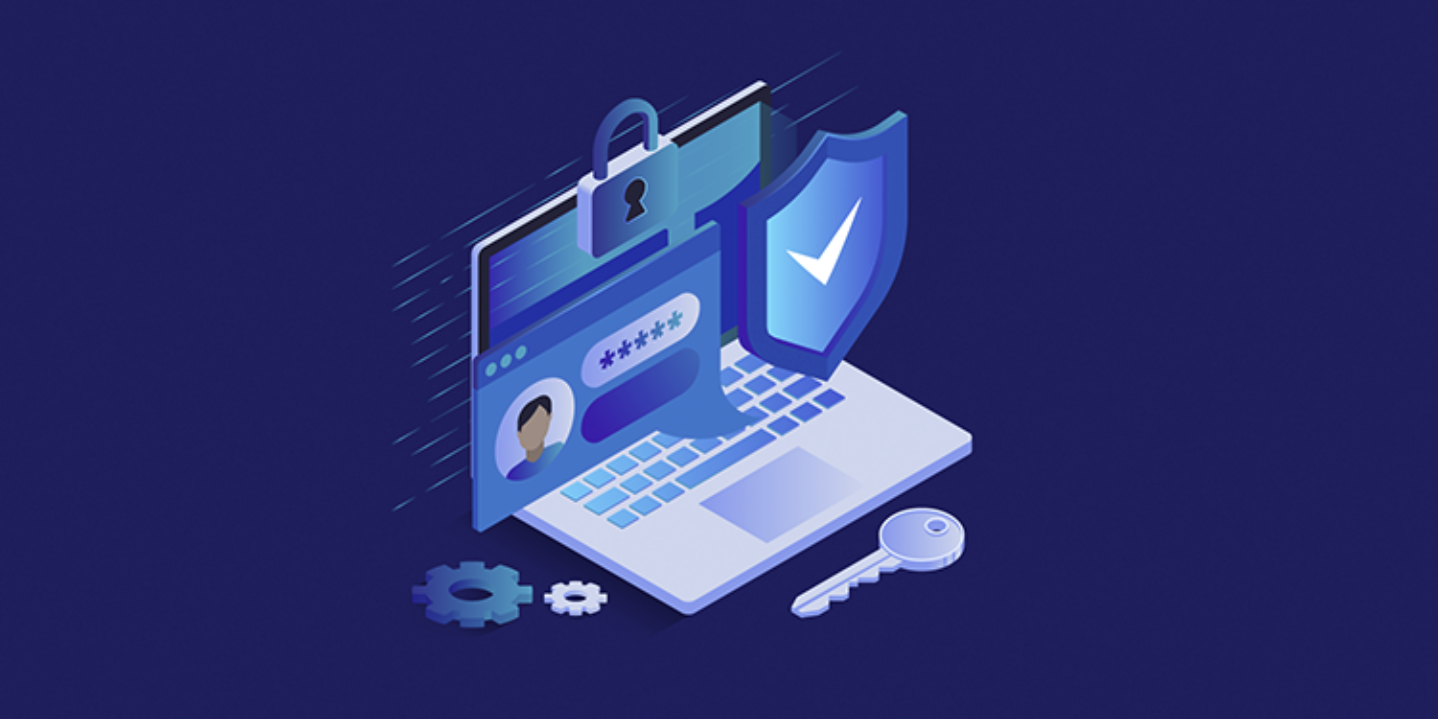
Are You Staying Secure While Working from Home?
The COVID-19 pandemic has changed the way many of us work, with remote work becoming the new normal. While it offers convenience, it also comes with its own set of challenges, from household distractions to staying productive. However, there’s one important aspect of working from home that might not be on your mind: cybersecurity.
Understanding the Risks
- Unsecured Wi-Fi
This is one of the most basic but crucial points. If you don’t have a secure Wi-Fi connection at home and rely on public networks, you’re opening yourself up to significant security threats. For example, hotel guest networks often warn you not to use them for sensitive tasks like banking, as they are not secure. - Scammers Are on the Rise
As more people work remotely, the number of online scams also increases. Hackers are using more sophisticated tactics to trick you into accessing harmful sites or downloading malicious software. These attacks are designed to infiltrate your system and steal whatever information they can. - Using Personal Devices for Work
This is a risky move. Your personal devices likely lack the advanced security features built into your company’s systems, such as firewalls, antivirus software, and automatic backups. If you’re working with sensitive company data, especially something like medical or financial records, your personal device becomes a prime target for hackers.
What Can You Do?
Here’s a list of steps you can take to protect yourself and your employer while working from home.
- Start with Your Employer
Ideally, your employer has made provisions for remote work by providing you with a secure laptop or device that includes essential security features. If you’ve been given such a device, only use it for work-related tasks. If not, here are the steps you can take on your own devices. - Change All Your Passwords
Immediately update your passwords for every account on your personal device. Using the same password for everything is a major security risk. Make sure each password is unique and strong—using a mix of uppercase and lowercase letters, numbers, and symbols. If you find managing passwords difficult, use a password manager, and enable two-factor authentication for added security. - Enable Two-Factor Authentication
Two-factor authentication (2FA) adds an extra layer of protection to your accounts. This can be anything from email or text message verification to security questions or even facial recognition. Talk to your employer about tools that support 2FA, and they should consider reimbursing you for any associated costs. - Use a Virtual Private Network (VPN)
A VPN encrypts your internet traffic, preventing anyone from spying on your online activity, including your internet service provider. While it may slow down your internet speed slightly, the added security is well worth it. If you’re required to use a VPN, your employer should provide one or cover the costs. - Set Up a Firewall
A firewall helps protect your device by blocking unauthorized access. Most new devices and routers come with firewalls built in. If yours doesn’t, you can easily find third-party firewall software to add an extra layer of protection. - Install Antivirus Software
Antivirus software is still one of the most effective defenses against malware. It can detect and block known threats and continue to learn about new risks. Popular antivirus software like Norton can help you stay protected, but there are plenty of other reliable options available as well. - Install Updates Regularly
Software providers release updates to fix security vulnerabilities. When you get a notification for an update, make sure to download and install it as soon as possible. These updates close security gaps that hackers might exploit. - Back Up Your Data
If your employer uses a cloud service, make sure all your work is backed up there. If not, you need to take responsibility for your own backups. Consider using a password-protected thumb drive to store important data, and make sure it’s disconnected from your device when not in use. - Change Your Router Password
If you’ve been using the same password for your home router for a while, it’s time to change it. Using weak or default passwords on your home network can leave you exposed to cybercriminals. Changing it regularly is an easy and effective way to enhance your security. - Be Careful with Phishing Emails
Phishing attacks are a common way for hackers to gain access to your system. These emails often look legitimate but contain malicious links or attachments. Always be suspicious of emails from unknown senders, especially when working remotely, and avoid clicking on anything that seems unusual. - Secure Communication with Coworkers
When working on projects, there may be times when you need to communicate sensitive information with your colleagues. If your company doesn’t have an encryption system in place, look for secure communication tools that offer encryption. It’s essential to keep sensitive discussions safe, and your employer should cover any costs for these tools.
Final Thoughts
While your employer should provide the necessary tools for secure remote work, it’s important to take proactive steps on your end to protect both yourself and your company. The shift to remote work has caught many by surprise, and your employer may not be fully prepared. However, with these cybersecurity practices, you can help ensure that your work remains secure, and your sensitive data stays protected.













